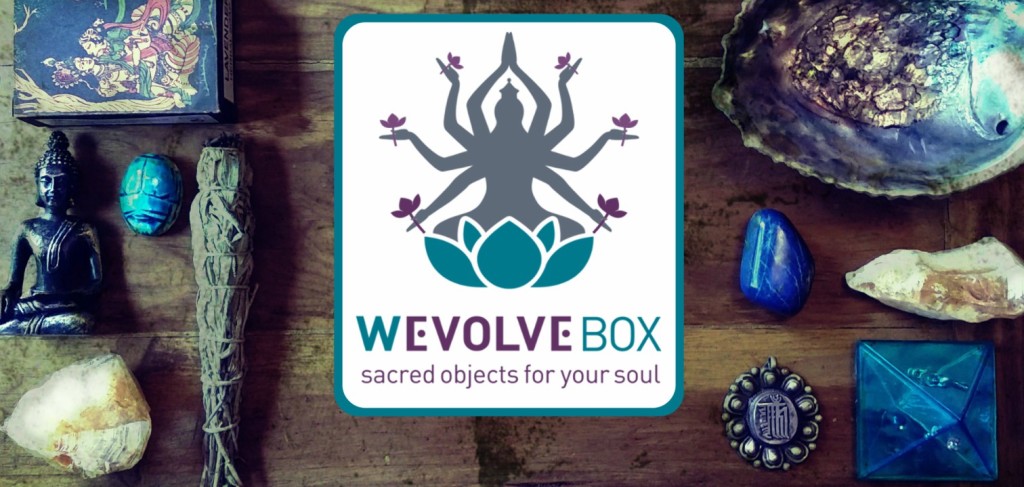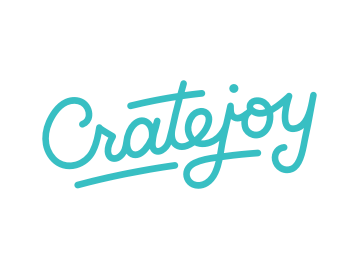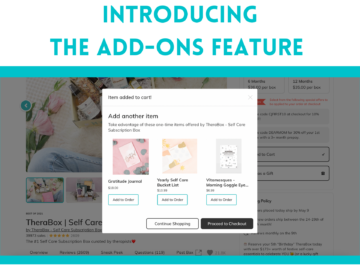Cratejoy is the primary software platform for subscription commerce the world over. One of the most exciting aspects of being an industry leader in an emerging industry, especially one that gives such freedom and power to small businesses, is being able to use the data, experiences, and insights we’ve collected over the last two years.
The Cratejoy Case Study series is one example we’re proud of rolling out. The second way we’d like to put our sellers’ experience to work for you is through a series of roundtable discussions on what we’ve identified as the primary questions, pain points, and areas for improvement for modern online businesses.
For our first roundtable, we invited a select group of Cratejoy sellers to give us their thoughts and experiences surrounding customer relationships. Think of unboxing and experiencing your monthly crate as reading a novel, or opening a pen-pal letter from a friend: one of the primary advantages of the subscriber model is the one-to-one intimacy it provides.

Churn & Subscriber Relations
Acting in ways that nurture and anticipate this particular relationship are key to a seller’s success in scaling, reducing subscriber loss (churn), and — as we’ll see — preserving that work/life balance we’re all susceptible to blurring every now and then.
“There are so many reasons people unsubscribe: they might be a subscription jumper, or may be short on cash, or they just might not like your box. People are always looking for a deal, they want to pay the lowest possible price. An artisan box really isn’t about the deal, it’s about the curated experience, and that doesn’t always come cheap.”
— Lalania, WEvolve
When asked about the contributing factors to this ongoing relationship, many participants singled out product quality as a particular, ongoing concern. In the end, your product offering touches on every other aspect of your business, and that means it’s a monthly priority.
“In order to provide something different from your competition, you have to add more value than just the products in your box.”
— Jon, Sketchbox“Create the best box you can, every time; make it a beautiful experience for yourself and your customers. Connect with your subscribers by email or on social media to let them know you appreciate them. There are people who will love what you are offering, [and] they will be your most loyal subscribers.”
— Lalania, WEvolve“Curate items that are worth what you’re charging, so people see the value in continuing your service.”
— Jessica + Rachel, CMYfabriK Box“We are very committed to our community. While we love bringing in the dinero, we highly value our customers’ experience. We follow a simply philosophy with every box: How would I feel if I received this in the mail? If it doesn’t wow us, it doesn’t make the cut.”
— Alex & Lydia, Organic Loft
A Two-Way Street
That idea — of putting yourself in your subscribers’ shoes not just at the outset and in defining your niche, but as an ongoing and adaptable curator — was a recurring theme as well.
“When you look at subscribers, someone took the time to sign themselves up, or a loved one. Make it as personal as possible — handwritten notes have gone so far for us, and regardless of our size it is something I will never stop doing… Learn as much about your subscribers as you can, and you will make better decisions when buying for their box.”
— Nick, Game Day Box“Our fans connect with us because we listen to their woes, their hearts’ desires, and value their feedback. We treat them almost like a favorite friend, or family member. Lastly, we do not hide that we are a small team of, well, humans. So we bring them along for the ride, the behind-the-scenes, the growing pains and the victories of our brand.”
— Alex & Lydia, Handmade Cartel
Considering your subscriber base as a dispassionate audience can often give you stage fright. All those creative ideas you came up with for month 6, month 8, or year 2 can drain away the second you start looking at this process as adversarial, too demanding, a time-suck or overwhelming.
The key to this one lies in remembering that your subscribers are also your collaborators, whose interest and belief in you contribute every bit as much to the contents of those boxes as any time you spend tracking down the perfect bonus item or bulk deal. You can spend all day talking into the phone, but it’s only worth something if there’s somebody on the other end of the line. Remember that when it gets tricky.
“The subscription model means so much more to me because it is more personal. I am not here to sell to a faceless human at a big box chain and think only of margins, I am spending my time making sure I build the best box I can one at a time so my subscribers are excited as hell.”
— Nick“I believe that if you lose interest in what you’re doing, your customers will lose interest in you. We are always looking for ways to communicate on a more personal level with our customers. Just shipping orders does not satisfy my desire to connect with other gardeners.”
— Sander, PlowBox
Subscribers First, Last & Always…
“Allow yourself the freedom to make mistakes, and if any of those mistakes impact a customer’s experience, be generous and responsive to their concerns.”
— Louis, Supply Pod
Many sellers underscored the point that trusting your subscribers to think of you as a human being is a sign of respect that goes both ways. Being as close and communicative as you like is one dimension along which you are designing and demonstrating your brand; if your subscribers need that kind of contact and you can fit it into your life, you can learn a lot about what else they need. Any point of contact is a chance to learn just a little bit more, from large facts to tiny quirks, about what keeps your fans coming back month after month.
“Customers are emailing ‘Justine,’ sometimes very upset… the likelihood of freakouts rises along with subscriber count, and it’s sometimes stuff you can’t control. A shipping delay once the box is out of my custody, I mean, I’m scrambling to answer emails with a tone that’s hard not to take personally. It may be ‘Justine’ they’re yelling at, but it’s good to remember: It’s not you.”
— Justine, The Book(ish) Box
Some rules of business, at any scale, remain pretty simple — perhaps easier to remember as a subscription crate seller, because at the end of the day, one person is putting something in a box for another person to enjoy. It’s a conversation across time and space played out in objects: a new kind of connection, with its own paradigms, etiquette, and emotional language we are all still working to create.
“If you treat people the way you want to be treated, whether they are the janitor or CEO, it will go further in business than you can imagine. We try to treat our customers like they are part of our family and we will always make sure we take care of their issues before anything else gets solved.”
— Nick
But how can we be sure we’re serving our subscribers, and ourselves, in the most efficient and healthy way possible? Often, “hard work” feels good even when it’s not leading toward the end result. It can even substitute itself for real work if you’re distracted enough, and suddenly grinding gears feels like you’re getting the job done. The harder it gets, the harder you work. The harder you work, the harder it gets, because you are stuck in a very common cycle of diminishing returns. You’re trying to accomplish with brute force what could much more easily be accomplished with planning, compassion for yourself, and an eye toward building your business in a way that brings you more happiness – not less.
…And Always Within Reason.
“For a while, I was really bad about email — I felt like as soon as a customer emailed, I had to respond. This lead to a lot round-the-clock working, and not being very present in my home life. I still don’t have a strict schedule, but I do make sure to stay away from email on the weekends. I make a lot of lists, to keep me focused, and also to help me stay on task on important issues.”
— Justine
In the end, we all work to create productive and fulfilling lives for ourselves and our families, in whatever way we define those things. While it’s easy to get swept away in the passion of any new venture — especially something as personal and creatively satisfying as creating your own successful subscription business — in the end, a balanced and unhurried approach can only benefit you, your circle, and your subscribers.
Take the time to find a way to enjoy every part of the process — finding the hassles and your new ways around them, applying yourself to pricing, procurement and prelaunch with the passion you might put into curation, or your visual design — and you’ll make the time to devote to your real aim in starting a subscription business to begin with: creating, and sharing, your joy.
For more information on subscriber churn. read our free eBook at Subscription School, powered by Cratejoy, and don’t forget to come back for more Case Studies, Roundtables, and other reports from the frontlines as we bring you the most useful and valuable information we can find, from the people who know the business best.
If you’d like to be featured in a Roundtable, Case Study, or otherwise share your knowledge and experience with the Cratejoy community and all the entrepreneurs that will follow in your footsteps, please reach out to me: jacob @ cratejoy.com.


